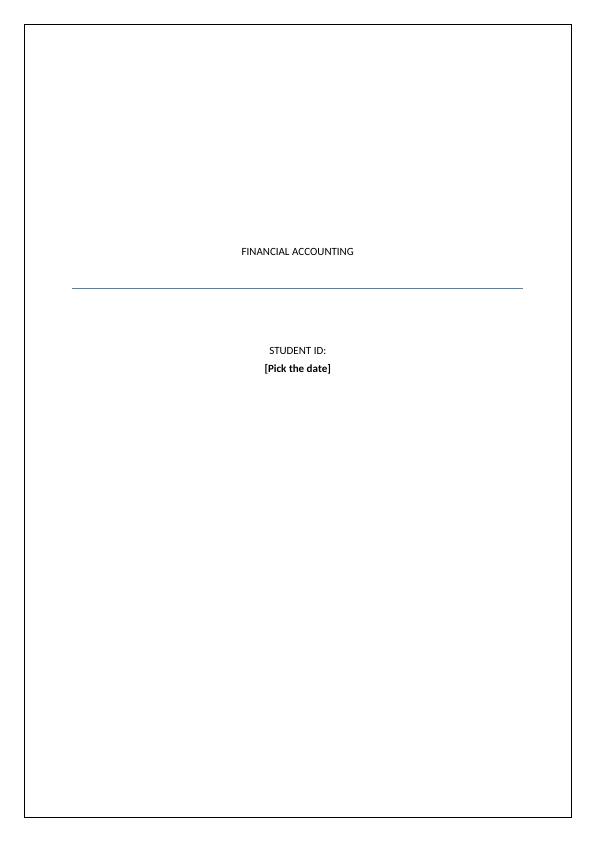Ethical Issues in Reclassification of Non-Current Receivables
4 Pages660 Words297 Views
Added on 2023-06-07
About This Document
The article discusses the ethical issues involved in reclassifying non-current receivables as current receivables. It highlights the potential consequences of such actions and suggests alternative solutions to resolve the ethical dilemma. The suggested solutions include contacting the non-current receivable business owner and offering a discount, seeking an exception from the bank, and taking proactive steps to avoid such ethical dilemmas in the future.
Ethical Issues in Reclassification of Non-Current Receivables
Added on 2023-06-07
ShareRelated Documents
End of preview
Want to access all the pages? Upload your documents or become a member.
Principle of Financial Accounting Assignment
|5
|939
|91
Financial Accounting & Reporting Assignment
|5
|668
|29


